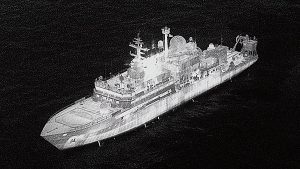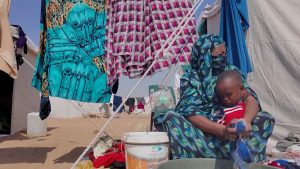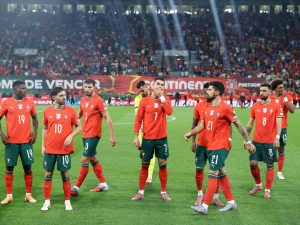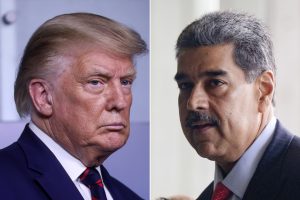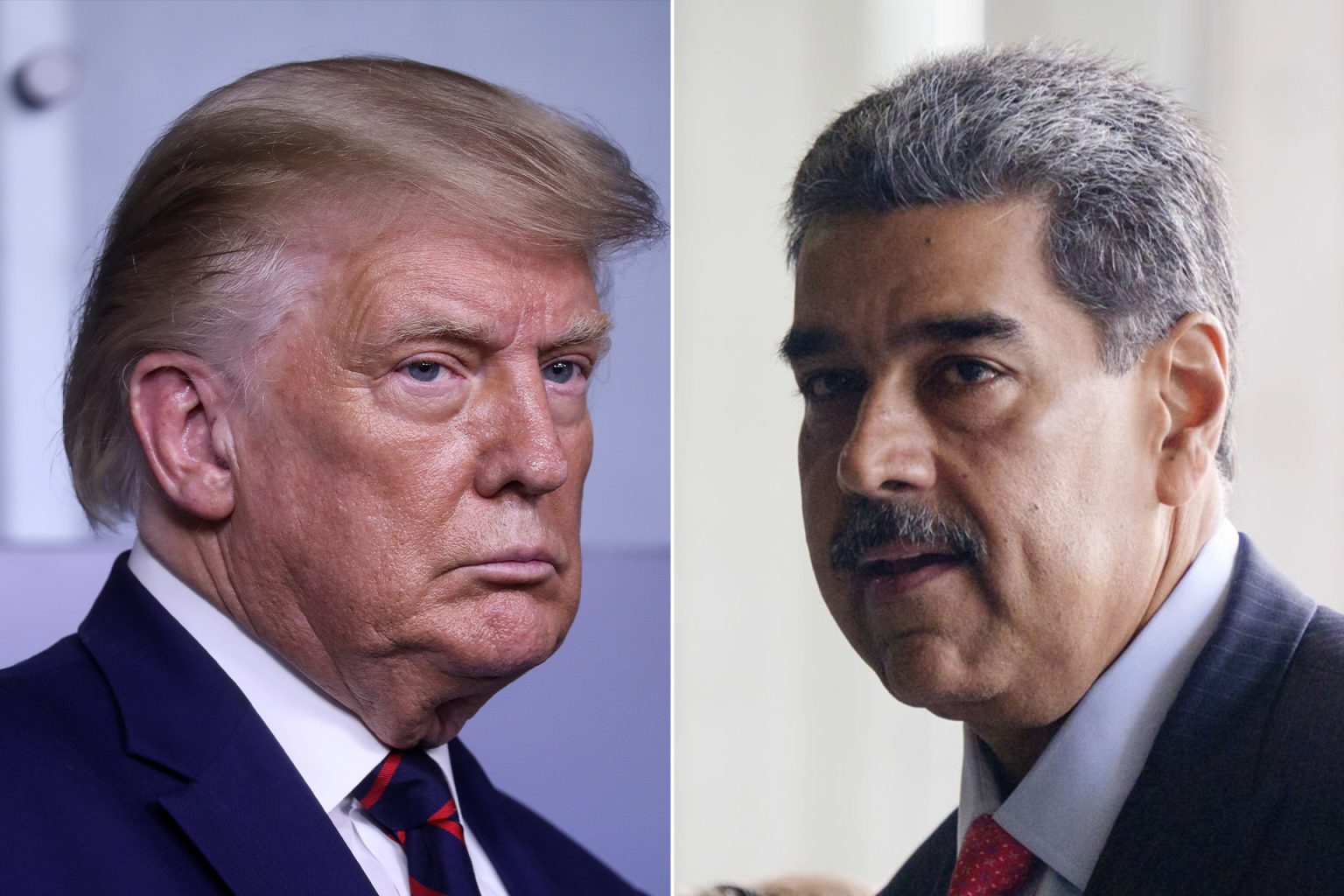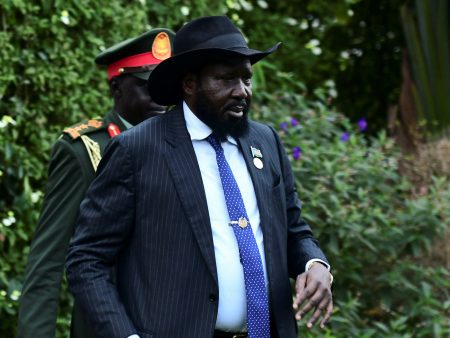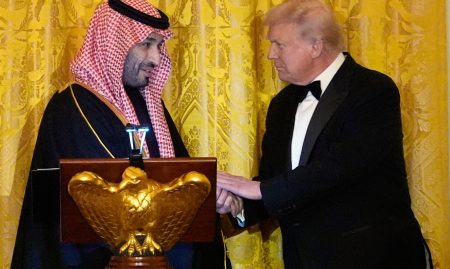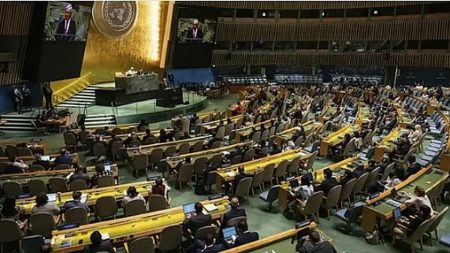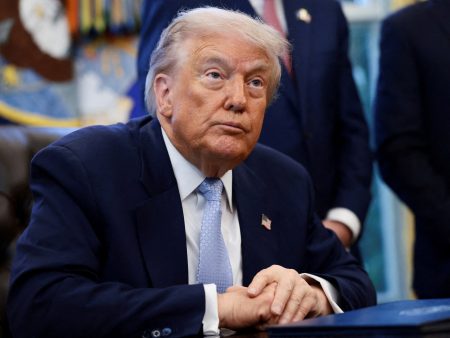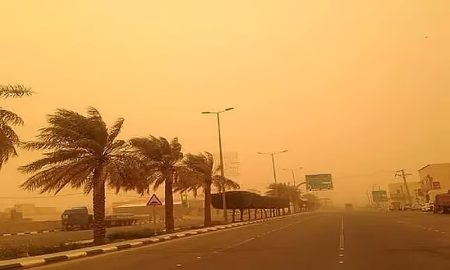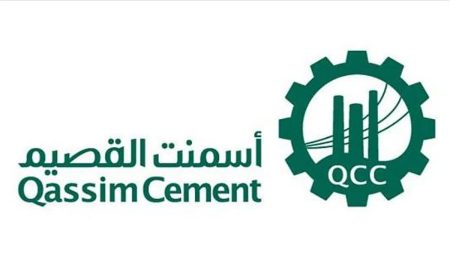The situation in Venezuela remains a focal point of international concern, with recent reports indicating a potential escalation of US involvement. According to the New York Times, former US President Donald Trump authorized a series of actions aimed at increasing pressure on the Venezuelan government, a move occurring amidst a significant US military presence in the Caribbean. This article delves into the details of these actions, the ongoing diplomatic efforts, and the potential implications for the future of Venezuela.
Increasing US Pressure on Venezuela: A Multi-Pronged Approach
The New York Times report, based on informed sources, reveals a complex strategy being considered by the Trump administration. This strategy isn’t limited to military posturing, despite the presence of the aircraft carrier USS Gerald R. Ford and over 15,000 troops as part of “Operation Southern Lance.” It encompasses covert operations, economic pressure, and even the potential for direct military intervention.
The authorization of clandestine operations by the Central Intelligence Agency (CIA) within Venezuelan territory is particularly noteworthy. These operations are believed to be designed to create conditions favorable for more forceful actions down the line, potentially including cyber, psychological, and information warfare. This demonstrates a willingness to explore options beyond traditional diplomatic channels.
Military Planning and Potential Targets
Alongside the CIA’s activities, US military planners reportedly developed lists of potential targets within Venezuela. These included facilities suspected of being involved in drug trafficking, as well as units affiliated with President Nicolás Maduro. However, crucially, Trump did not authorize the deployment of troops on Venezuelan soil at the time of the reporting.
This careful calibration suggests a desire to maintain a degree of control and avoid a full-scale military conflict, while simultaneously signaling a serious intent to alter the status quo. The focus on drug trafficking operations is a key element, aligning with the US government’s rhetoric about combating the flow of narcotics into the country.
Secret Diplomacy and Potential Concessions
While the military options were being considered, the Trump administration simultaneously pursued a diplomatic track. Reports indicate that Trump authorized a new round of secret negotiations with the Maduro government following a brief pause the previous month. This dual approach – pressure and dialogue –is a common tactic in international relations, but the juxtaposition raises questions about the sincerity of each element.
Maduro’s Offers and US Rejection
During these back-channel communications, Maduro reportedly offered to allow US energy companies access to Venezuela’s vast oil reserves in exchange for a potential agreement. Additionally, Venezuelan officials reportedly hinted at Maduro’s willingness to step down after a transitional period of two to three years. However, the White House rejected the offer of a transitional period, demanding Maduro’s immediate removal from power. This firm stance highlights the US administration’s preference for a swift and decisive change in leadership. The potential for oil access is a significant factor, given Venezuela’s proven reserves and the US’s energy interests.
Designating “Cartel de los Soles” as a Terrorist Organization
In a further escalation, the US State Department announced its intention to designate “Cartel de los Soles” as a terrorist organization. This network, allegedly comprised of high-ranking Venezuelan military and security officials, is accused of involvement in drug trafficking and corruption, with direct links to Maduro.
This designation is a significant step, effectively labeling a portion of the Venezuelan government as a terrorist entity. It opens the door for additional US military or legal options, potentially justifying further intervention under the guise of counter-terrorism. The move is largely symbolic, but carries substantial weight in terms of international perception and potential repercussions.
The Ambiguity of Trump’s Final Position on Venezuela
The New York Times report emphasizes that Trump hadn’t finalized a definitive strategy for dealing with Venezuela. His options ranged from securing a diplomatic agreement granting US companies oil concessions, to pushing for Maduro’s voluntary resignation, or even resorting to direct military action.
Despite the escalating rhetoric and actions, Trump indicated a willingness to continue dialogue, stating, “We may have some discussions with Maduro… we’ll see how it goes.” This ambiguity suggests a degree of caution and a recognition of the potential risks associated with a more aggressive approach. The situation remains fluid and subject to change based on evolving circumstances and Trump’s own decision-making.
Naval Operations and Accusations of Civilian Casualties
Adding another layer to the complexity, the US has conducted 21 naval operations targeting boats allegedly involved in drug trafficking. These operations resulted in at least 83 deaths, sparking legal criticism due to concerns that some of the targets may have been civilians or unarmed suspects.
Initial claims by Trump that the boats were carrying fentanyl were later disputed by military officials, who revealed the shipments contained cocaine instead. This discrepancy raises questions about the justification for the operations and the accuracy of the information presented to the public. The issue of civilian casualties is particularly sensitive and could further complicate the US’s position.
In conclusion, the situation surrounding Venezuela is a delicate and evolving one. The Trump administration, as reported by the New York Times, explored a range of options, from covert operations and military planning to secret diplomacy and the designation of a government-linked network as a terrorist organization. While a definitive course of action remained unclear, the increased pressure and ambiguity surrounding US intentions continue to shape the political landscape in Venezuela and the wider region. Understanding these complexities is crucial for anyone following international affairs and the ongoing struggle for stability in Latin America. Further developments are expected, and continued monitoring of the situation is essential.
